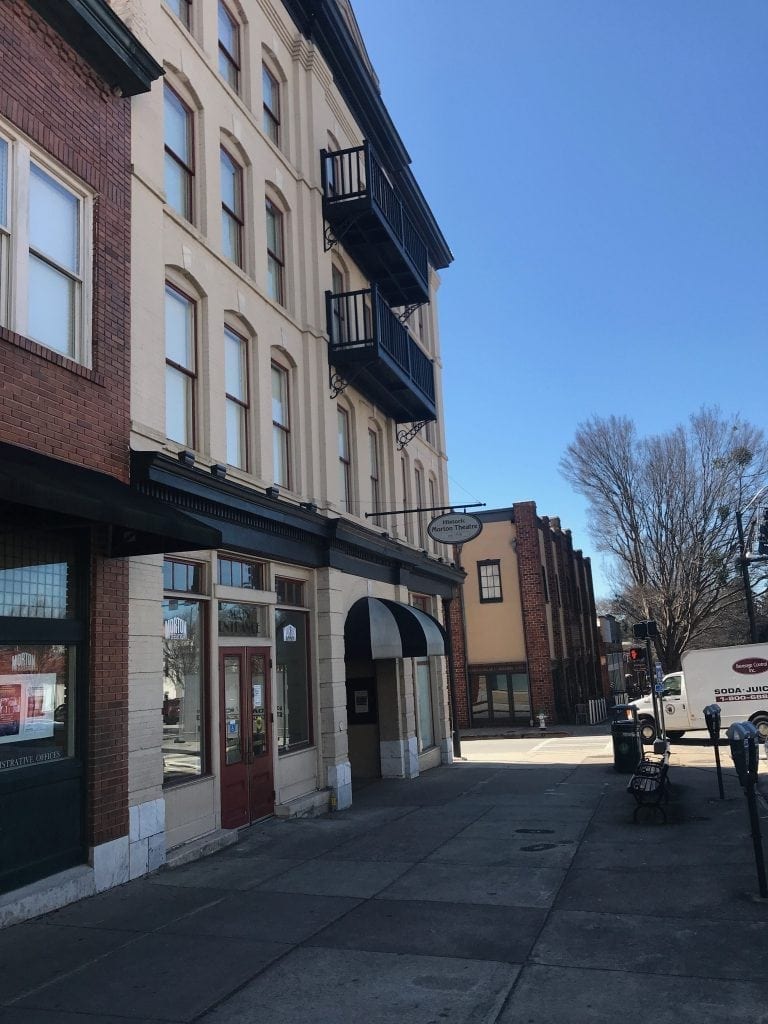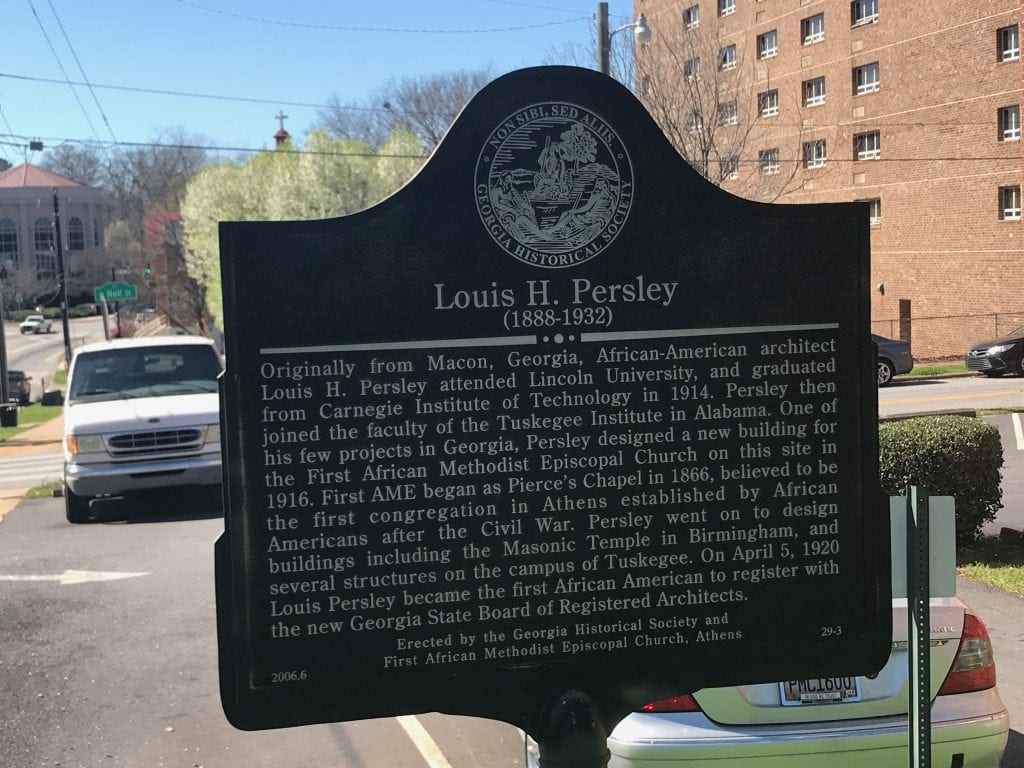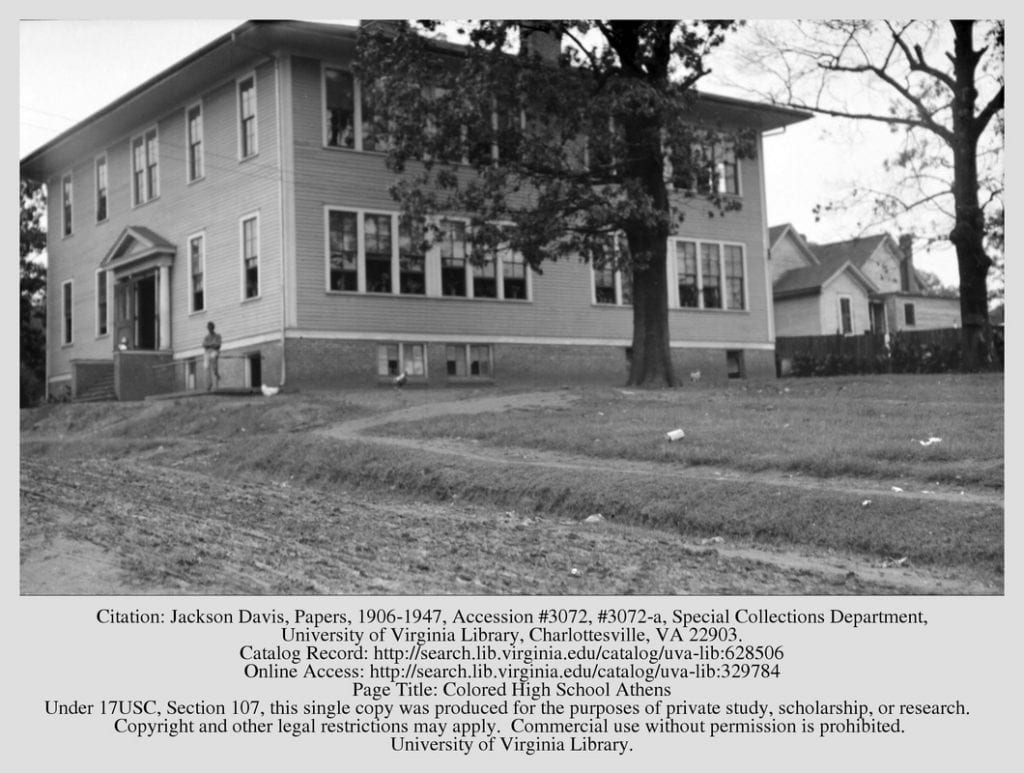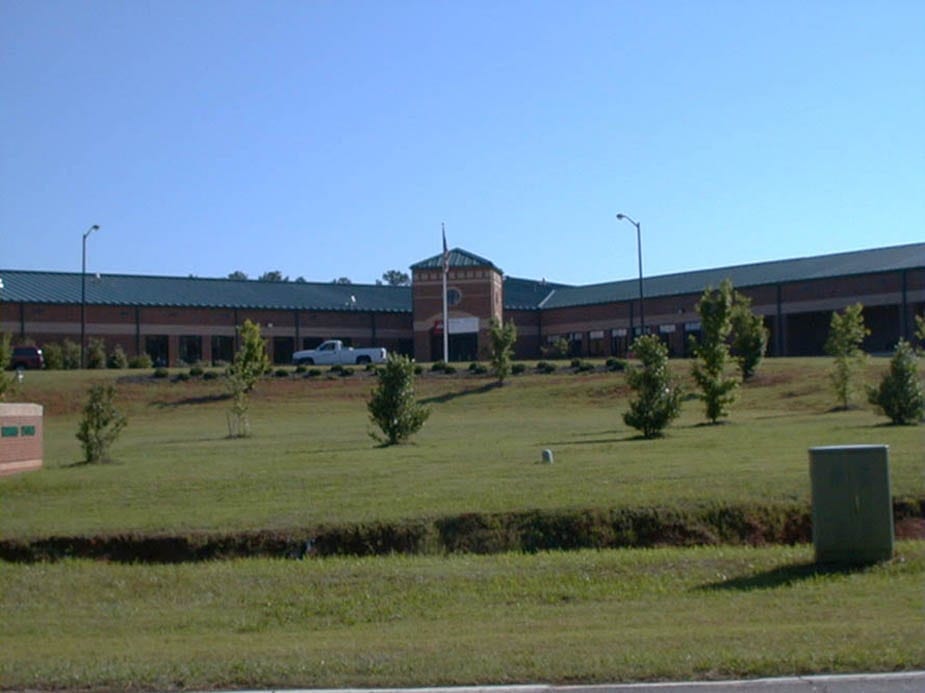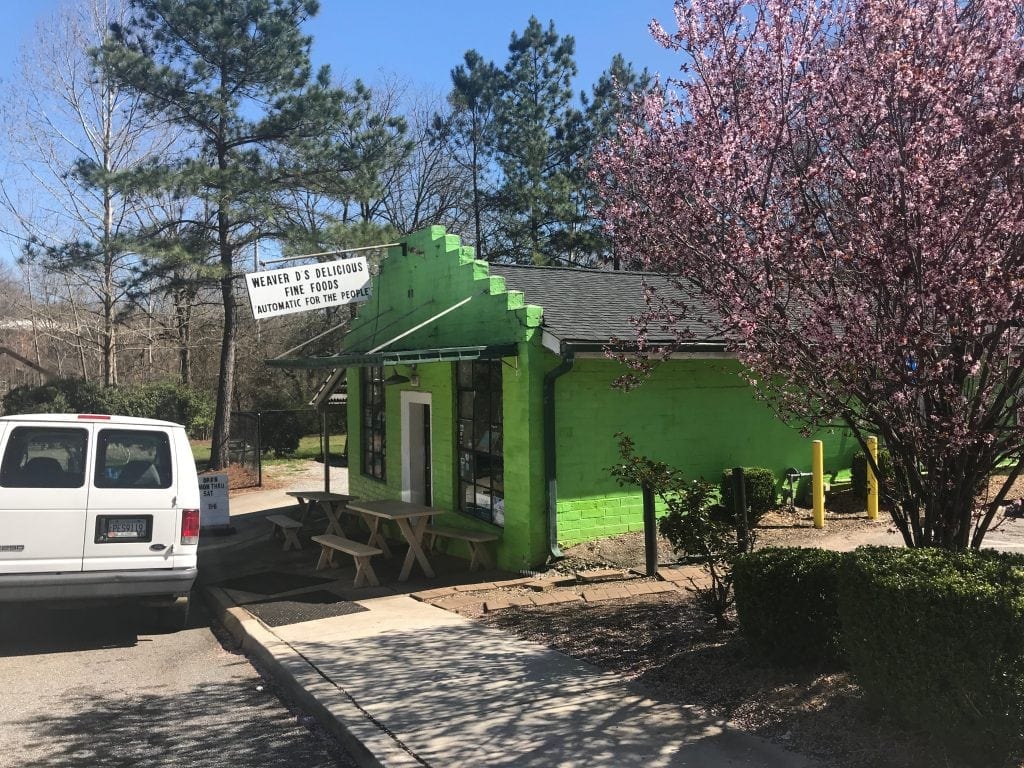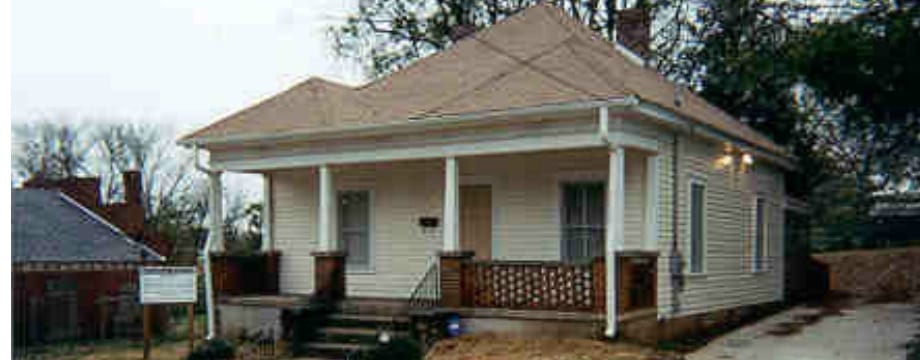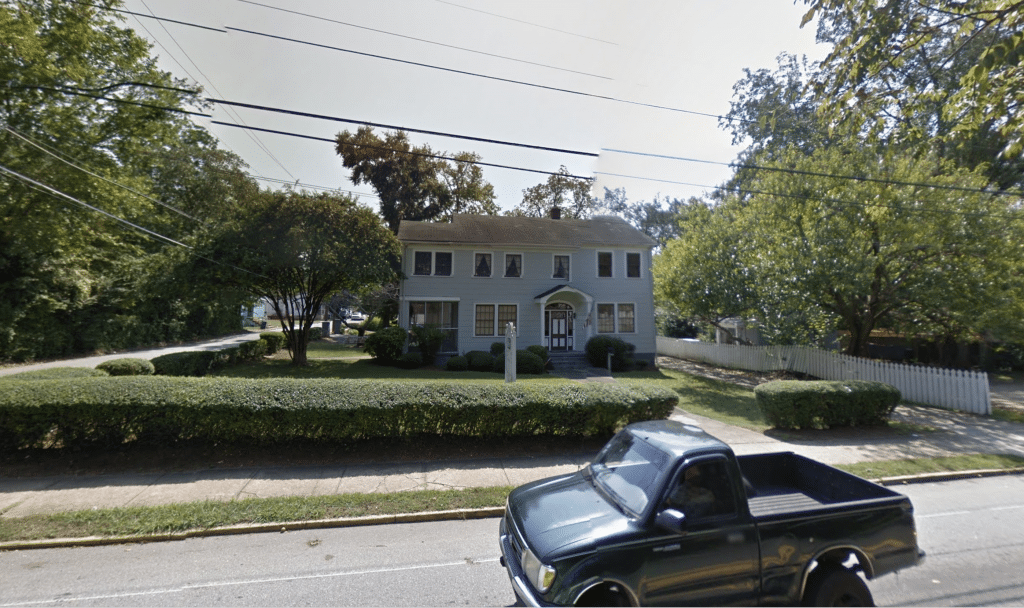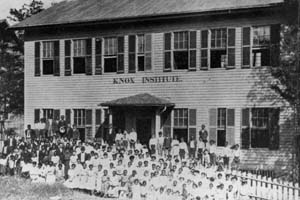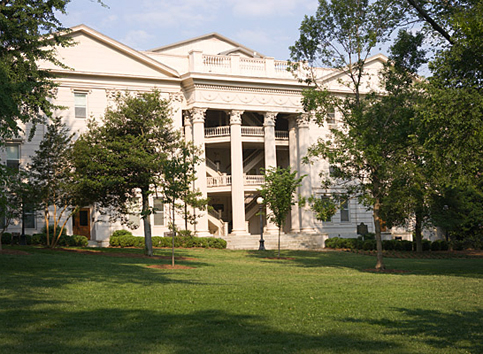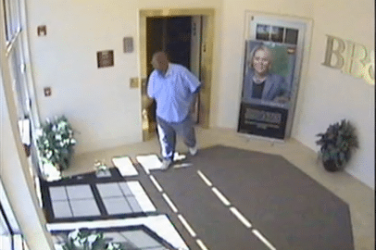Athens is often overlooked when it comes to special events and landmarks that commemorate Black History Month.
African-American heritage is deeply rooted in Athens. The town was once a thriving location for African- American education, commerce, and entertainment. Black Athenians faced the same struggles as other blacks to overcome inequality. Despite experiencing the unjust effects of Jim Crow laws in the 1900s, blacks were able to create a foundation to prosper culturally and economically in Athens.
Here are ten places that you might want to put on your bucket list for understanding and marking Black History Month.
195 W Washington St.
The Morton Building was built in 1910 by Monroe Bowers “Pink” Morton, an African- American contractor. The historic building is located on the corner of Washington St. and Hull St., which was known as the ‘hot corner’ in the early to mid-1900’s. Black lawyers, dentists, doctors, and other professionals practiced in the office space inside of the Morton Building. Among them: Dr. Ida Mae Johnson Hiram, the first black woman to be licensed to practice in the state of Georgia, and Dr. William H. Harris, a physician and the first black to own a drugstore in Athens.
The most prominent business in the Morton Building was the Morton Theatre. It is the one of the first and oldest vaudeville theatres in the United States. In its prime, the Morton Theatre hosted early acts such as Butterbeans and Susie, Blind Willie McTell, Curley Weaver, Cab Calloway, and Bessie Smith. The Morton Building is now listed on the National Register of Historic Places.
Tour details: Visit: https://www.mortontheatre.com/contact-us/
610 Epps Bridge Pkwy.
The Chestnut Grove School was built in 1896. The unique building is the only surviving restored example of a one-room schoolhouse for black children in Clarke County. The building is located between Chestnut Grove Baptist Church and a small slave cemetery. It is listed on the National Register of Historic Places.
For more information contact: info@chestnutgrovechurch.org
521 North Hull Street
Formally known as Pierce’s Chapel, Athens’s first black church was organized in 1866 by the first black chaplain in the U.S. Army, Henry McNeal Turner. In 1881, the congregation purchased the present church lot on N. Hull Street. The church was designed by the first American-trained black architect, Louis H. Persley. The church is currently listed as a historic landmark by the Commissioners of Athens-Clarke County, Ga.
Virtual Church Tour: http://www.firstame.org/church-tour.html
820 West Lake Dr.
Located behind Clarke Central Middle School, the Brooklyn Cemetery is the final resting place for many black residents of the Athens area. The people buried here were tradesmen of the 1900’s, farmers, preachers, teachers, and professionals in the service industry. They were servicemen, including veterans of World War I, World War II, and the Korean Conflict. Over time, many of the tombstone have fallen and other graves are unmarked. In 2006, Athens native Linda E. Davis and for Clarke Middle School teacher Karl Scott founded the Friends of Brooklyn cemetery. The goal of this organization is to restore, rebuild and commemorate those who are laid to rest there.
To volunteer visit: http://www.brooklyncemetery.org/volunteer.html
5.Athens High and Industrial School
496 Reese Street
Athens High and Industrial School was the first black public high school in Georgia. Professor S.F. Harris was the first principal, and classes were held for both elementary and secondary grades. The school moved to a new building on Dearing Street and was renamed Burney-Harris High School in 1964. Burney- Harris is now a middle school.
1016 east Broad Street
Weaver D’s has been a soul food staple in Athens for over 30 years. The world became familiar with the Weaver D’s motto with the 1992 release of R.E.M.’s album “Automatic for the People”. The owner, Dexter Weaver, still serves food to eager customers Monday- Saturday.
Weaver D’s Menu: http://places.singleplatform.com/weaver-ds/menu?ref=google
635 West Hancock Avenue
The Hiram House is the former residence of Ida Mae Hiram and her husband Lace Hiram. Mrs. Hiram was the first black woman to pass the Georgia dental board exams and the first black female dentist in Athens. Dr. Hiram lived in this house for over 60 years. The Hiram’s dental practice was located in the Morton Building. In 1985, the First A.M.E. church purchased the Hiram House. The home has been renovated for affordable housing.
1127 West Hancock Ave.
The Susan Medical center was Athens first African- American Maternity Hospital. Dr. Andrew Jones founded the center in 1946 and it served the black community until the 1960’s. The building was purchased by a black physician, Dr. Donnarell Green, in 1954. The building currently houses the law firm of Green & Green.
Corner of Reese and Pope Street, No longer exists
The Knox Institute was the first school for black students in Athens. The school was founded by the Freedmen’s Bureau in 1868. The school offered academic subjects as well as industrial classes such as carpentry, printing, sewing, music, and domestic science. The school closed due to financial trouble in 1928.
101 Herty Dr, Athens, GA 30602
Hamilton Holmes and Charlayne Hunter-Gault were the first black students admitted to the University of Georgia in 1961. The building was originally known as the Academic Building. In 2001, the building was rededicated as the Holmes- Hunter Building. It was in this building where Holmes and Hunter-Gault made history by registering for classes.
By Raven Rice


